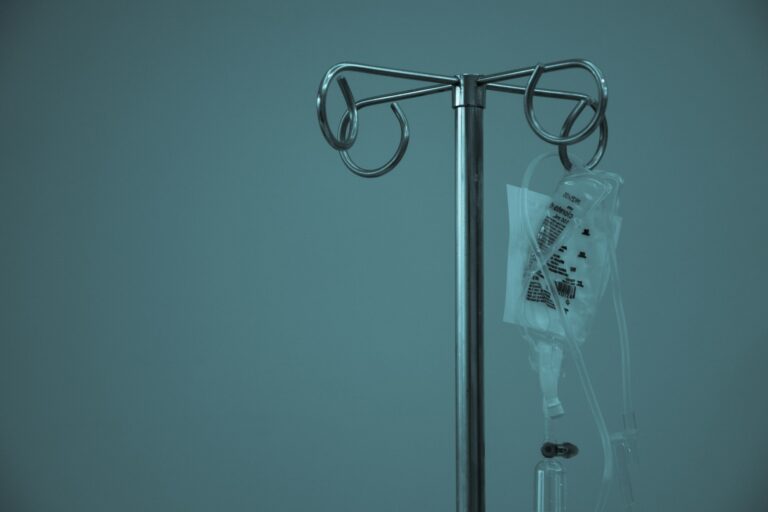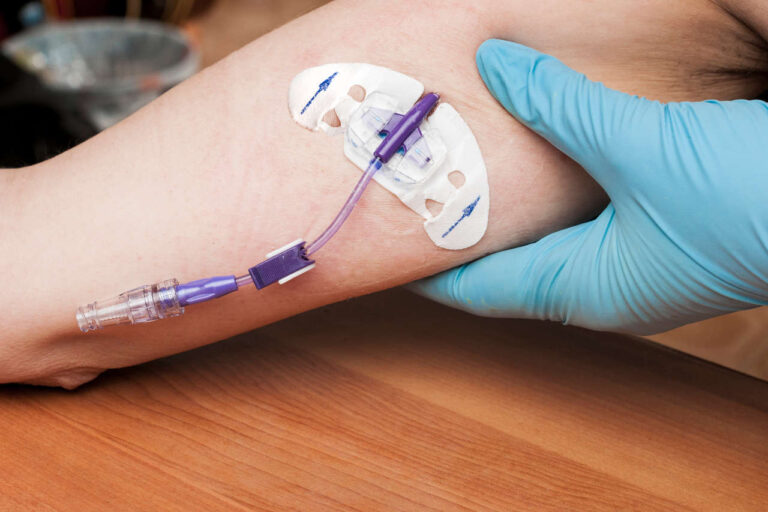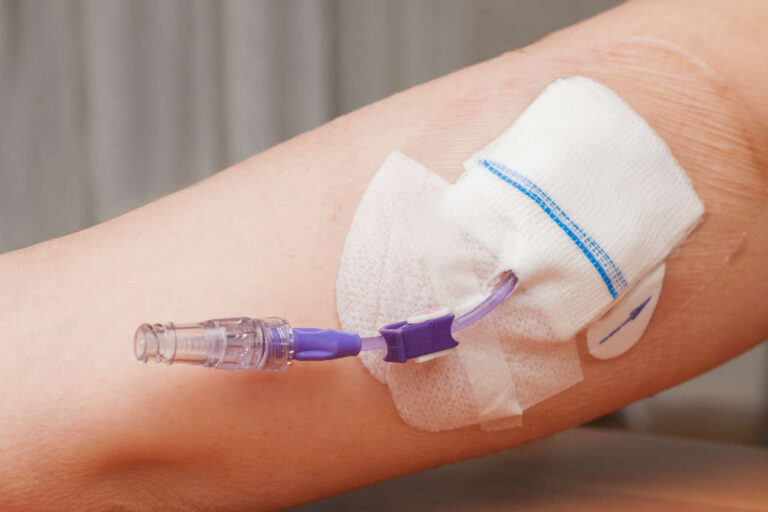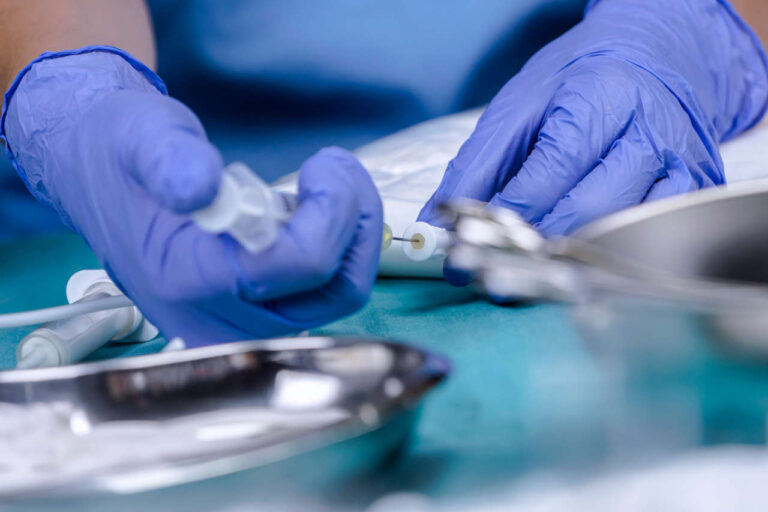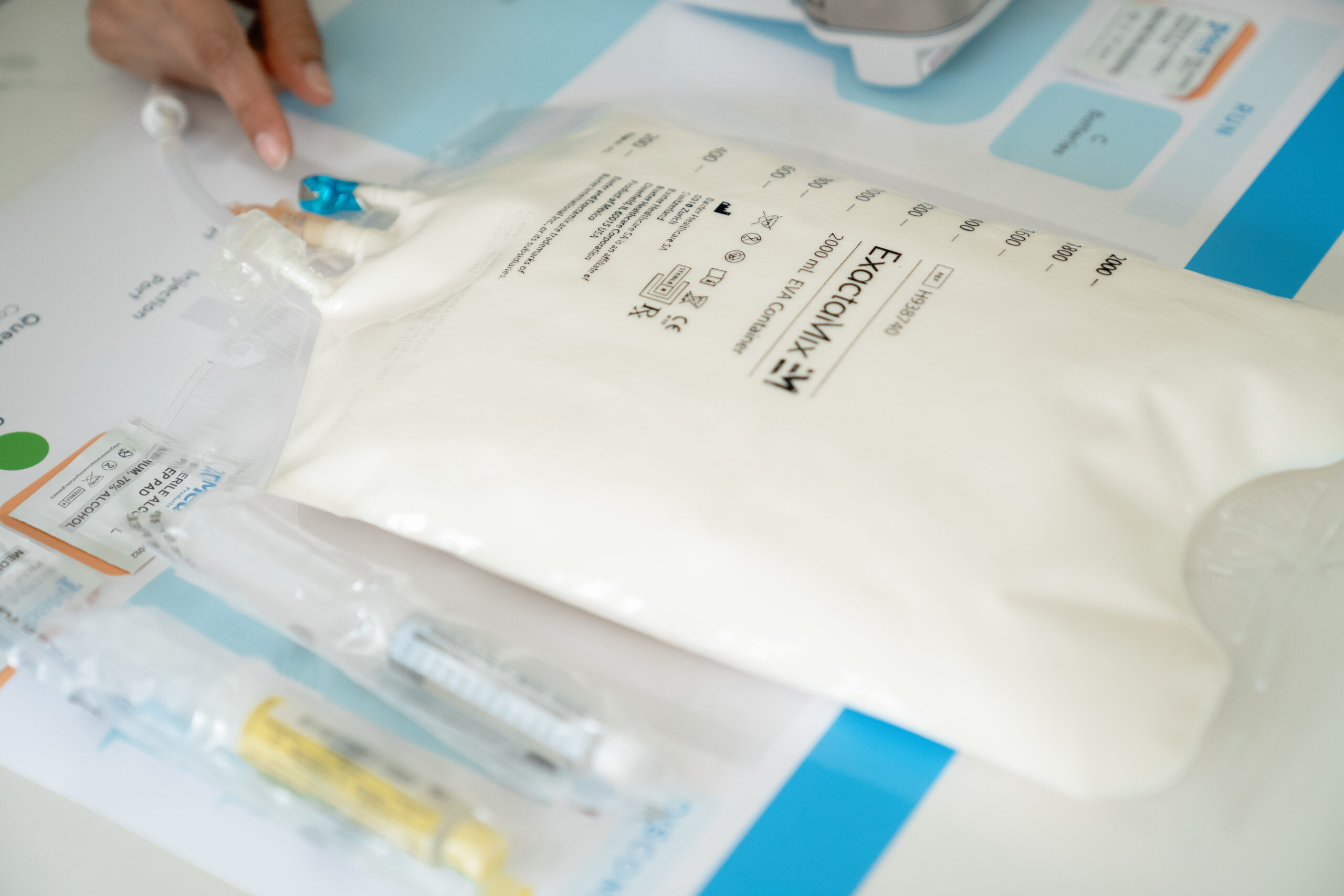
TPN, or total parenteral nutrition, is a method of intravenous nutrition delivery to patients, bypassing the gastrointestinal tract (GIT). As TPN is given intravenously, GIT side effects such as diarrhea or stomach disturbances rarely occur.
However, if the treatment is administered incorrectly or without following necessary precautions or proper injection techniques, it can lead to infections at the injection site and other IV-related complications.
In this article, we will explore total parenteral nutrition’s side effects in detail and discuss ways on how to minimize them.
IV Fluids Fully in Stock
Consistent availability, uninterrupted careUnderstanding the Mechanism of TPN
TPN provides vital nutrients directly into the bloodstream, bypassing the gastrointestinal tract. This approach is particularly beneficial for those unable to absorb nutrients through regular eating due to various medical conditions.
Learning about the mechanism of TPN helps you understand how side effects may arise. Here is an overview of what the treatment includes:
- Intravenous Administration: TPN is administered through a sterile IV catheter, often a central venous catheter (CVC), giving direct access to the bloodstream.
- Custom Nutrient Composition: The TPN mixture consists of macronutrients (carbohydrates, proteins, fats), micronutrients (vitamins, minerals), and electrolytes tailored to each individual’s needs.
- Continuous or Cyclic Infusion: The solution can be delivered continuously or in cycles, depending on the patient’s health requirements and lifestyle.
- Monitoring Parameters: Healthcare professionals monitor blood glucose, electrolyte levels, and weight to adjust the TPN formulation as necessary.
When the solution is improperly formulated or administered without adhering to protocols, it can lead to complications. Recognizing the mechanism allows healthcare providers to anticipate TPN’s side effects and implement preventative measures.
Side Effects of Total Parenteral Nutrition – Are They Serious?
All adverse effects of IV injections, such as TPN, can be serious and require immediate medical attention, regardless of whether they are common or rare. This is because the medication goes directly into the bloodstream, and even minor problems can be life-threatening.
TPN has a high sugar content, making it the perfect growth environment for bacteria. Hence, if the solution, tubing, or dressing gets contaminated or mishandled during or before administration, it can lead to bloodstream infections.
Infections can cause fever, chills, increased blood glucose levels, or a high white blood cell count, potentially resulting in severe complications that require prompt medical intervention.
Who Is at Risk for TPN’s Side Effects?
Some individuals are more susceptible to experiencing the adverse effects of TPN. Understanding these risk factors can help prioritize monitoring and care.
Those at greater risk include:
- People undergoing long-term TPN therapy
- Those with pre-existing metabolic disorders
- Individuals with weakened immune systems
- Those with a history of catheter-related infections
- Patients receiving high concentrations of glucose in their TPN solutions
Categories of Total Parenteral Nutrition Side Effects

TPN’s side effects and complications can be divided into three categories based on their origin and impact on health:
- Catheter-related problems (problems at the injection site)
- Metabolic problems (imbalances in nutrient levels or organ functions)
- Sepsis (systemic infections resulting from contaminated IV solutions)
Let’s look closer at each of these categories below.
Catheter-Related Problems
Catheter-related problems are one of the top risks of TPN. These complications can occur due to improper insertion techniques or lack of sterile practices, leading to thrombosis, phlebitis, and infections at the insertion site.
Metabolic Problems
Metabolic side effects can develop as a consequence of TPN treatment affecting overall health. These imbalances often arise due to the specific nutrient composition of the TPN solution and the individual’s unique metabolic response.
Here are some of the most common metabolic issues patients may experience as side effects of total parenteral nutrition.
Hypoglycemia
One of the adverse effects of TPN is hypoglycemia or abnormally low blood sugar levels. It can happen during TPN therapy if glucose infusion occurs too rapidly or there is an inappropriate adjustment of insulin levels.
Symptoms may include dizziness, confusion, and fainting. If left unaddressed, severe hypoglycemia can lead to seizures, loss of consciousness, and potentially life-threatening complications.
Hyperglycemia
One of the other common side effects of TPN is hyperglycemia or elevated blood sugar levels. It often results from excessive glucose administration in TPN solutions.
Hyperglycemia may manifest as increased thirst, frequent urination, and fatigue. Without proper management, it can lead to dangerous complications such as diabetic ketoacidosis, long-term organ damage, and an increased risk of infections, particularly in those with diabetes.
Hepatic Dysfunction
Hepatic dysfunction refers to an impaired liver function that can develop due to prolonged TPN therapy, especially when there is an excess of calories or fat.
Hepatic side effects of TPN can manifest as elevated liver enzymes and jaundice. Without intervention, parenteral-associated hepatic dysfunction can progress to liver failure and necessitate more intensive treatments or even liver transplantation.
Metabolic Bone Disease
Metabolic bone disease encompasses a range of disorders resulting from imbalances in calcium, phosphorus, or vitamin D levels. These side effects of total parenteral nutrition more commonly occur in long-term TPN patients.
These conditions can weaken bones, increasing the risk of fractures and osteoporosis. If left untreated, bone diseases can severely impact mobility, causing chronic pain and disability.
Electrolyte Imbalance
The last type of TPN’s metabolic side effects is electrolyte imbalance or refeeding syndrome.
It can occur during TPN therapy, particularly if nutrition is restarted too quickly after a period of malnourishment and there are abnormal levels of essential minerals, such as sodium, potassium, or magnesium, in the body.
If not properly managed, these imbalances can cause serious complications, including cardiac arrhythmias, seizures, and muscle weakness.
Sepsis
Sepsis is a severe and potentially life-threatening condition that can result from infections linked to TPN administration. It occurs when bacteria enter the bloodstream, often through contaminated catheters or IV solutions.
Symptoms of sepsis may include fever, chills, rapid heart rate, and confusion. Immediate medical attention is critical to prevent severe outcomes and even death.
AmeriPharma® Specialty Care
Total Parenteral Nutrition | Leader In TPN AssistanceTPN Side Effects Based on Frequency and Severity

TPN’s complications can also be grouped by severity and how commonly they occur. Here is an overview of side effects based on these groupings.
Common Adverse Effects of TPN
The common side effects of total parenteral nutrition include:
- Nausea or vomiting
- Increased urination
- Swelling of the hands, feet, or legs
- Stomach pain
- Tingling in the hands or feet
- Fever or chills
- Mouth sores
- Skin changes
- Rapid weight loss or gain
- Muscle weakness
Severe Side Effects and Complications of TPN
Severe side effects are mostly catheter-related. They are avoidable by maintaining clean tubing, catheters, and needles, and following proper injection techniques during TPN administration. Non-compliance of patients can also lead to catheter-related complications.
These complications include:
- Thrombosis (blood clots)
- Swelling, redness, and pain at the injection site
- Phlebitis (inflammation of the vein)
- Infusion pump malfunctions
- Pneumothorax (gas or air between the lungs and chest wall)
- Sepsis
- Hemothorax (blood between the lungs and chest wall)
Other risks or complications include:
- Changes in heartbeat
- Bone disease (this can be bone fractures, bone pain, or osteopenia.)
- Liver damage
- Hypoglycemia or hyperglycemia
- Electrolyte imbalance
Get Financial Assistance for TPN
How to Prevent or Minimize TPN Side Effects and Complications
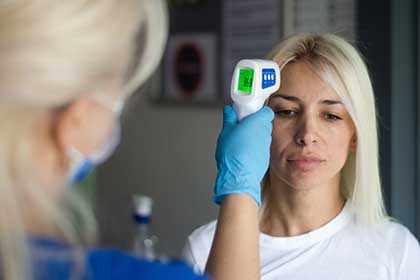
There are many ways to prevent the adverse effects of TPN. Here are some effective strategies to consider.
Aseptic Injection Techniques
Follow aseptic injection techniques, such as:
- Ensure all equipment is sterile
- Wash your hands thoroughly before handling any material
- Wear gloves to minimize contamination risk during infusions
- Use alcohol swabs to disinfect the injection site and catheter hub
Monitoring Patient Condition
Closely monitor the patient’s condition during TPN administration. Both patients and their caretakers must look for signs of infections at the injection site or other side effects while receiving TPN.
Occasionally monitor the patient’s blood glucose levels, weight, and body temperature while on TPN therapy. Document any changes in symptoms and promptly report them to your healthcare team to facilitate appropriate interventions if needed.
Gradual Discontinuation Protocol
Do not stop total parenteral nutrition abruptly, as it can cause side effects such as hypoglycemia. Instead, develop a gradual weaning plan for a safe transition to alternative feeding methods.
Ensure regular blood glucose testing during this phase for timely adjustments and communicate closely with healthcare providers.
Controlled Infusion Rates
Administer TPN infusion at a slow and constant rate. Your Curlin pump will be pre-programmed to ensure it is not administered too rapidly, which can cause TPN-related side effects such as vomiting, nausea, or elevated body temperature.
Adjust infusion rates based on individual tolerance and response. This approach will ensure the recipient remains comfortable throughout the infusion process.
Catheter Management
To prevent catheter embolization, remove the needle and catheter simultaneously and ensure the catheter is intact when removed.
Maintain proper dressing changes as per protocol to minimize infection risks. Regularly inspect the insertion site for signs of irritation or infection to address issues proactively.
Long-Term Monitoring
Because bone or liver diseases can occur from long-term TPN use, monitor lab values during long-term therapy. Check liver function tests, blood levels of vitamin D and calcium, and detect phosphorus levels in the urine.
Manage the Adverse Effects of TPN With AmeriPharma® Specialty Pharmacy
TPN’s side effects can be serious. Hence, if given at home, TPN must be administered and monitored by an experienced professional or trained person.
To avoid any side effects or complications of total parenteral nutrition, monitoring the injection site and overall patient’s condition is necessary, especially during the first 24 – 48 hours of TPN therapy.
At AmeriPharma® Specialty Pharmacy, we understand the unique challenges associated with TPN. Our specialized nursing team provides at-home TPN infusions, adapting to your schedule and helping you minimize the risk of TPN’s side effects.
Contact us today to speak to a specialist and receive specialty care with full-service coordination, copay assistance, and 24/7/365 support.
REFERENCES:
- https://www.verywellhealth.com/total-parenteral-nutrition-uses-methods-side-effects-5184974
- https://medlineplus.gov/ency/article/007239.htm
- https://www.slideshare.net/ChartwellPA/3-complications-of-parenteral-nutrition
- https://stanfordhealthcare.org/medical-treatments/t/total-parenteral-nutrition-therapy/complications.html
- https://www.healthline.com/health/parenteral-nutrition#side-effects





